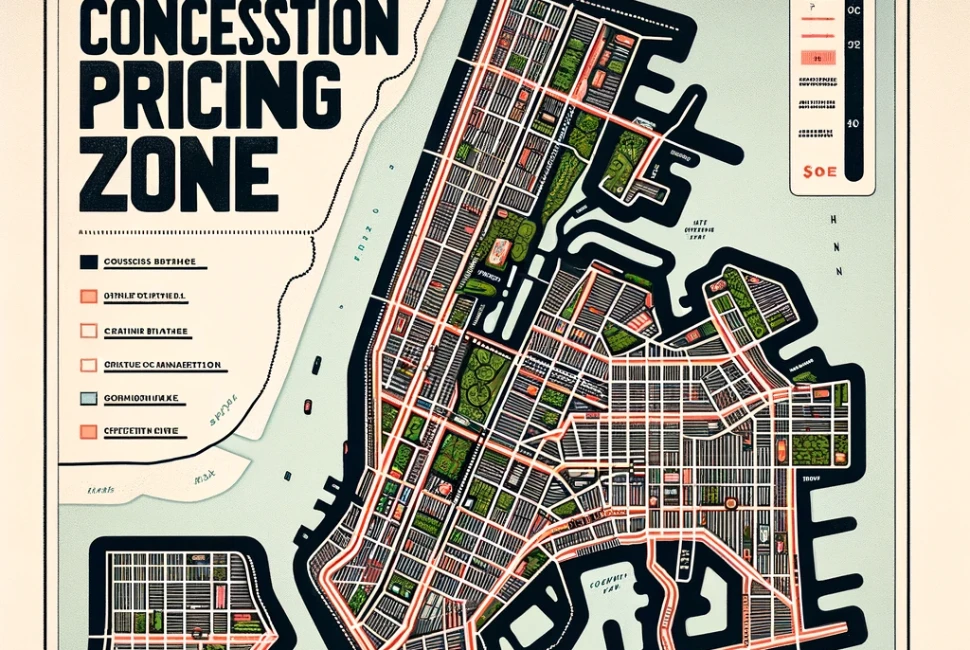In a landmark move to alleviate traffic congestion and fund public transportation improvements, New York City will implement a congestion pricing plan starting January 5, 2025. This initiative introduces a $9 toll for vehicles entering Manhattan south of 60th Street during daytime hours.
Objectives of Congestion Pricing
The primary goals of this policy are to reduce vehicular traffic in densely populated areas, decrease environmental pollution, and generate revenue for the Metropolitan Transportation Authority (MTA) to enhance subway and bus services. By discouraging unnecessary car trips, the city aims to create a more efficient and sustainable urban environment.
Details of the Plan
-
Toll Amount: A $9 fee will be charged to vehicles entering the designated zone during peak hours.
-
Exemptions: Certain vehicles, including emergency services and those transporting individuals with disabilities, will be exempt from the toll.
-
Revenue Allocation: Funds collected will be allocated to the MTA's capital projects, focusing on infrastructure upgrades and service improvements.
Implications for Commuters and Residents
Commuters who drive into Manhattan may need to reconsider their transportation choices, potentially shifting to public transit or carpooling to avoid the fee. Residents within the zone will not be charged for trips that begin and end within the area. The policy is expected to reduce traffic congestion, leading to shorter travel times and improved air quality.
Public Response and Controversy
The plan has garnered mixed reactions. Advocates highlight the environmental and infrastructural benefits, while opponents express concerns about the financial burden on low-income drivers and potential spillover traffic in surrounding neighborhoods. Ongoing discussions aim to address these issues and refine the policy before implementation.
Conclusion
New York City's congestion pricing marks a significant step toward sustainable urban mobility. As the city prepares for this transition, understanding the plan's components and potential impacts will help residents and commuters adapt effectively.








Leave a Reply